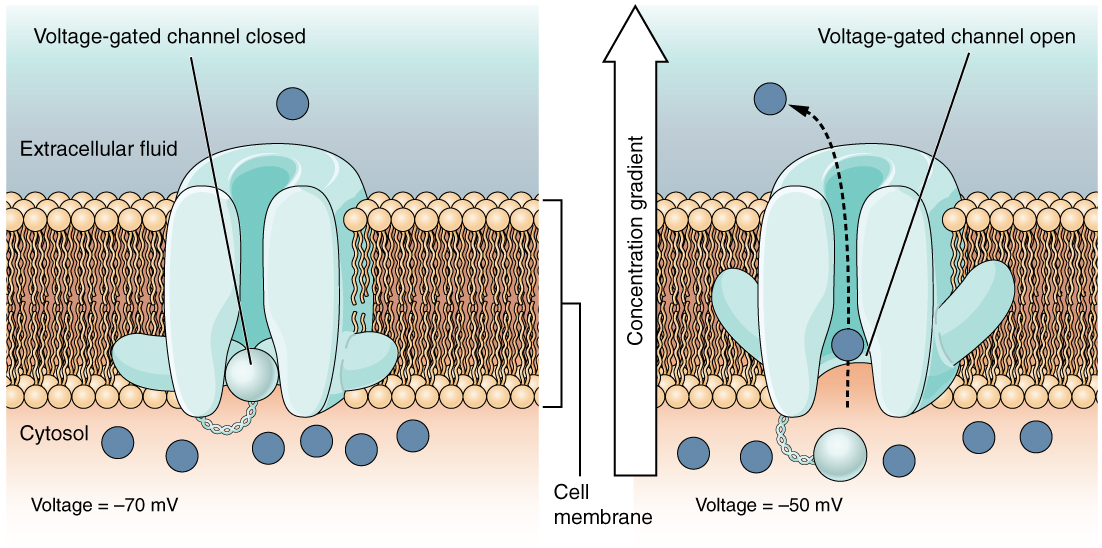Sandbox Reserved 956
From Proteopedia
(Difference between revisions)
| Line 7: | Line 7: | ||
== Description == | == Description == | ||
| + | Isoprene Synthase is supposed to be a dimeric enzyme which consists of 595 amino acids and has a molecular mass of 68,386 Da. The protein is made up of alpha-helices which form two alpha-helical domains. | ||
| + | The N-terminal domain of the protein chain is folded similar to class II terpenoid synthases that are made up of (𝛼𝛼)6 barrels [Wendt et al.,1998]. Up to now there is no catalytic activity known for this domain. Quite the contrary regarding the C-terminal domain of the isoprene synthase: This domain shows up an 𝛼-helical class I terpenoid synthase fold and contains the active site which is surrounded by five 𝛼-helices. The active site of the enzyme is located in a deep hydrophobic pocket which ensures a protection of the reaction intermediate from water. | ||
== Catalyzed Reaction == | == Catalyzed Reaction == | ||
| - | + | The Isoprene Synthase catalyses the production of isoprene from the substrate dimethylallyl-diphosphate (DMAPP). During the reaction inorganic pyrophosphate is eliminated leading to the reaction products isoprene and inorganic pyrophosphate. The release of the pyrophosphate group leads to the generation of an allylic carbocation which is typical of class I terpenoid synthases [Wendt et al., 1998]. The occuring elimination mechanism is syn-periplanar and the leaving diphpsphate group acts as general base. The characteristic DDXXD-sequence motif of class I terpenoid synthases that binds to the diphosphate leaving group via Mg2+-ions facilitates the release of the pyrophosphate group. | |
| + | [[Image:Example.jpg]] | ||
== Structure == | == Structure == | ||
Revision as of 09:49, 6 January 2015
| This Sandbox is Reserved from 15/11/2014, through 15/05/2015 for use in the course "Biomolecule" taught by Bruno Kieffer at the Strasbourg University. This reservation includes Sandbox Reserved 951 through Sandbox Reserved 975. |
To get started:
More help: Help:Editing |
A structural view on Isoprene Synthase from Grey Poplar Leaves
| |||||||||||
References
- ↑ Hanson, R. M., Prilusky, J., Renjian, Z., Nakane, T. and Sussman, J. L. (2013), JSmol and the Next-Generation Web-Based Representation of 3D Molecular Structure as Applied to Proteopedia. Isr. J. Chem., 53:207-216. doi:http://dx.doi.org/10.1002/ijch.201300024
- ↑ Herraez A. Biomolecules in the computer: Jmol to the rescue. Biochem Mol Biol Educ. 2006 Jul;34(4):255-61. doi: 10.1002/bmb.2006.494034042644. PMID:21638687 doi:10.1002/bmb.2006.494034042644

